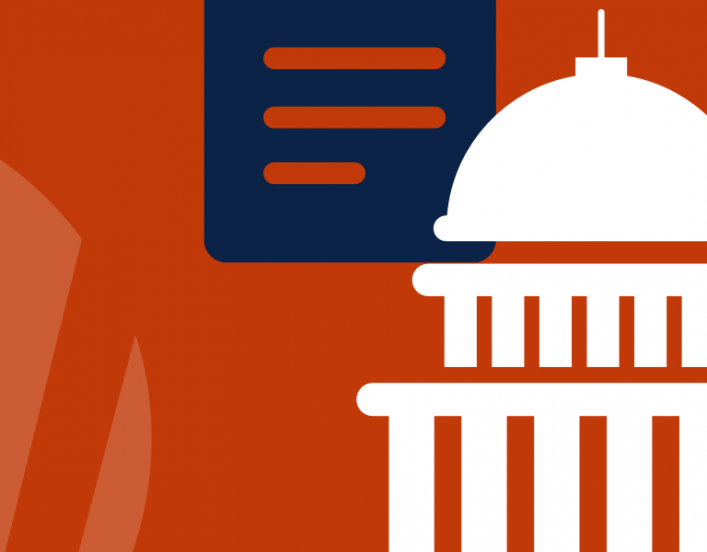Stand up for equity in education: Tell your legislators to cosponsor GEEA!
Student debt is making it nearly impossible for many women to afford their basic living expenses after graduating from college.
AAUW’s 2021 Deeper in Debt report finds:
- Women hold an average of $31,276 in student debt, leaving them with a monthly loan payment of $307 the year after graduation. Given that women graduating with a bachelor’s degree expect to earn an average of $35,338—only 81% of what men anticipate earning—meeting that loan obligation is challenging at best.
- One year after college, women spend an average of $920 per month on housing, $396 per month on a car loan and, for the 16% of women who are moms, $520 on childcare, the report finds. Adding in that $307 student loan payment makes it difficult—if not downright impossible—to make ends meet.
AAUW is dedicated to getting the college debt crisis under control. Learn more about how women are disproportionately impacted by student loans — and steps we can take to make college more affordable and accessible for all!
WOMEN BEAR A GROWING ECONOMIC BURDEN
Recent graduates are facing the worst unemployment crisis since the Great Depression — and women are faring worse than men. In the early weeks of the pandemic, women filed nearly 59% of unemployment claims, despite being only half of the labor force.
The growing cost of education compounds the problem. While college attendance is at a record high, the price tag of college education has more than doubled over the past generation. At the same time, household incomes have barely budged.
Women take about two years longer than men to repay student loans. From the moment women graduate from college, most face a gender pay gap — which widens as they age. This makes it even harder to pay off their larger share of student debt.
The global pandemic is also likely to stretch recent grads who rely on side jobs to repay student loans, save for a rainy day or simply make ends meet.
As a result, women may put off saving for retirement, buying a home or starting a business.
How do we solve the problem?
- Congress must protect and expand Pell Grants for low-income students to reduce the amount of student load debt they have to take on to complete a degree. Passing stronger legislation to address the gender pay gap is also critical.
- State and Federal Legislators should increase funding for public colleges and universities and support efforts to move toward tuition — and debt-free options for students.
- The U.S. Department of Education and lawmakers should make it easier for students to enroll in income-driven repayment options to help mitigate some women’s financial difficulties. Student loan borrowers should have protections from abusive and fraudulent practices by schools, lenders and loan services.
- Institutions can address both the academic and overall financial needs of students, such as affordable access to child care.
- Individuals can join organizations like AAUW that work to close the gender pay gap.
Take Action
Related
Policy Recommendations: Reducing Student Debt


